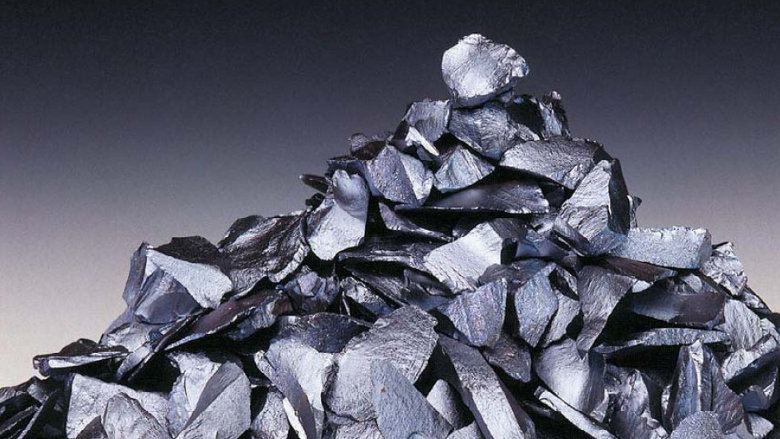Chinese polysilicon manufacturer Daqo New Energy churned out 9,437 metric tons (MT) of polysilicon in the third quarter – in line with its forecast of 9,200-9,500 MT and making it the company’s most productive quarter ever. Manufacturing cost also claimed a new record, falling to $6.97/kg.
After bringing forward maintenance plans in the second quarter in anticipation of a glut of orders from Chinese manufacturers around this period, Daqo was back on track in Q3, posting gross earnings – albeit non-GAAP [generally accepted accounting principles] – of $19.7 million to almost double the $10.2 million seen from April to June.
The company said it has completed construction of its new 35,000 MT facility and expects it to be operating at full capacity this year. As a result, Daqo is forecasting big things for the current three-month reporting period.
The company expects to produce 14-15,000 MT of poly this quarter – at around €6.50/kg – with sales of up to 13,500 MT. The full year production estimate is 39,300-40,300 MT.
Average selling price
The average selling price (ASP) for polysilicon fell again in Q3, to $8.99/kg from $9.10 in the second quarter, according to Daqo. The company stated, however, prices in China during the period were slightly higher than in the previous quarter and fell only as a result of depreciation of the renminbi against the dollar.
Daqo’s response has been to shift toward production of high quality monocrystalline silicon output, which it expects will maintain a higher ASP. The Chinese giant noted 86% of its product was sold to mono-wafer producers in Q3, and it expects the rate to be around 90% once its new facility ramps up.
Popular content
“With our downstream mono-wafer customers expected to rapidly expand their capacities for next year,” said Daqo CEO Longgen Zhang, “we believe this will lead to continued increase in mono-grade polysilicon demand, which should lead to improvement in the price of mono-grade polysilicon for next year.”
The company also expects to continue improving its cost structure, with the help of its new factory, to keep pace with falling polysilicon prices. “We are among the very few polysilicon manufacturers who are able to generate a profit in the current challenging market environment,” said Zhang. “For the first three quarters of this year, our net cash provided by operating activities was approximately $100 million. Once Phase 4A [the new factory] is operating at full capacity, we expect to make further improvements.”
2020 and beyond
Despite the apparent non-appearance of the installation rush in China Daqo and many others expected to start in September, the company remained bullish and noted global markets have picked up much of the slack – Daqo expects demand outside China to reach 85 GW this year, compared to 60 GW in 2018.
And further ahead, Zhang said he expects many of the projects China had planned for the current quarter to roll over into next year, when he says global PV demand could hit 140 GW.
“We believe we are at the cusp of major changes in the market which will create enormous opportunities for us over the next several years,” he added. “We are confident in our ability to navigate this temporary downturn in the market and are ready to take advantage of the recovery next year when the market will continue advancing towards grid parity.”
This content is protected by copyright and may not be reused. If you want to cooperate with us and would like to reuse some of our content, please contact: editors@pv-magazine.com.



3 comments
By submitting this form you agree to pv magazine using your data for the purposes of publishing your comment.
Your personal data will only be disclosed or otherwise transmitted to third parties for the purposes of spam filtering or if this is necessary for technical maintenance of the website. Any other transfer to third parties will not take place unless this is justified on the basis of applicable data protection regulations or if pv magazine is legally obliged to do so.
You may revoke this consent at any time with effect for the future, in which case your personal data will be deleted immediately. Otherwise, your data will be deleted if pv magazine has processed your request or the purpose of data storage is fulfilled.
Further information on data privacy can be found in our Data Protection Policy.